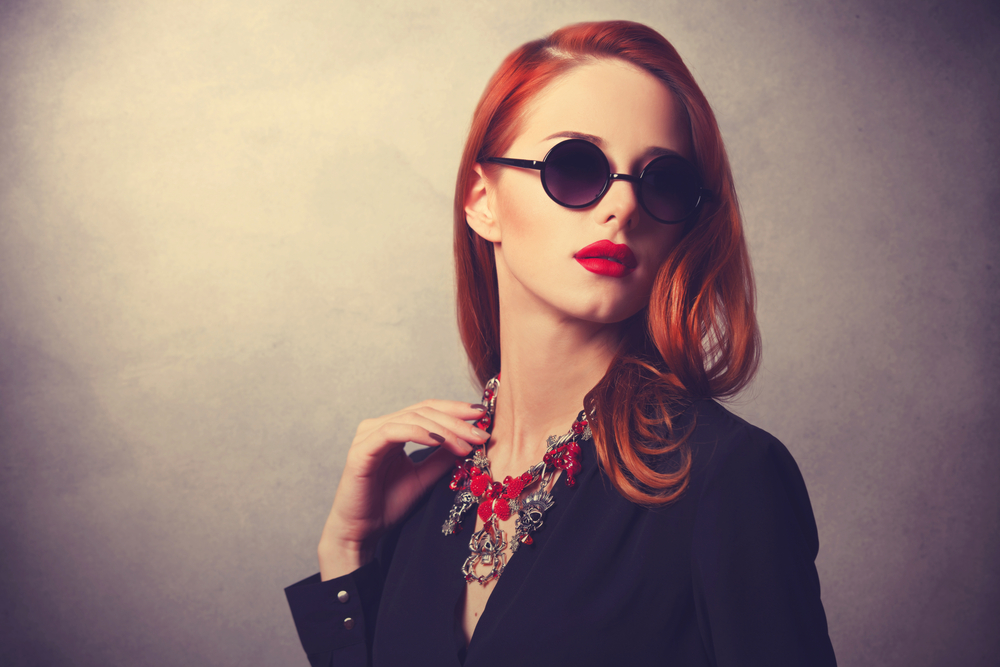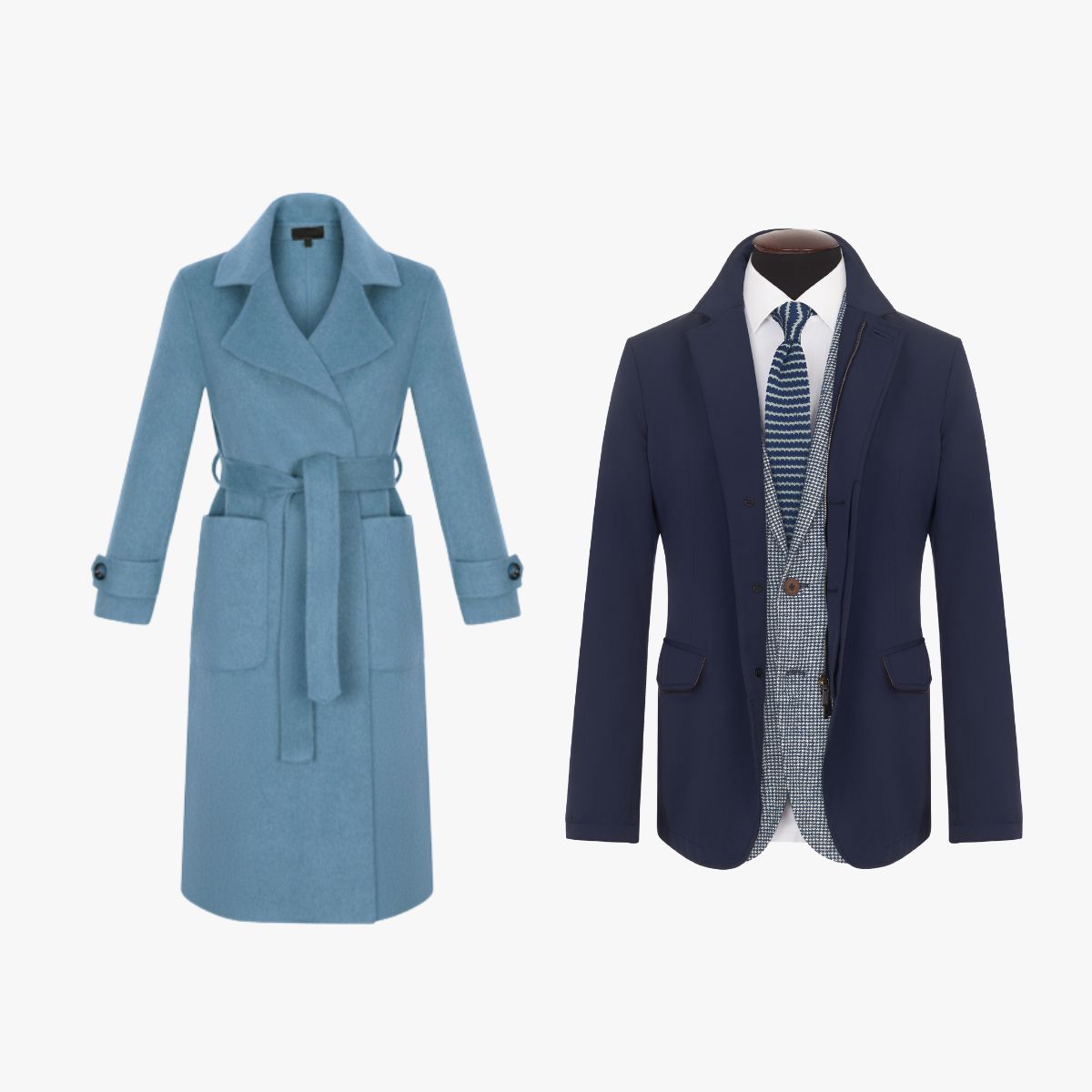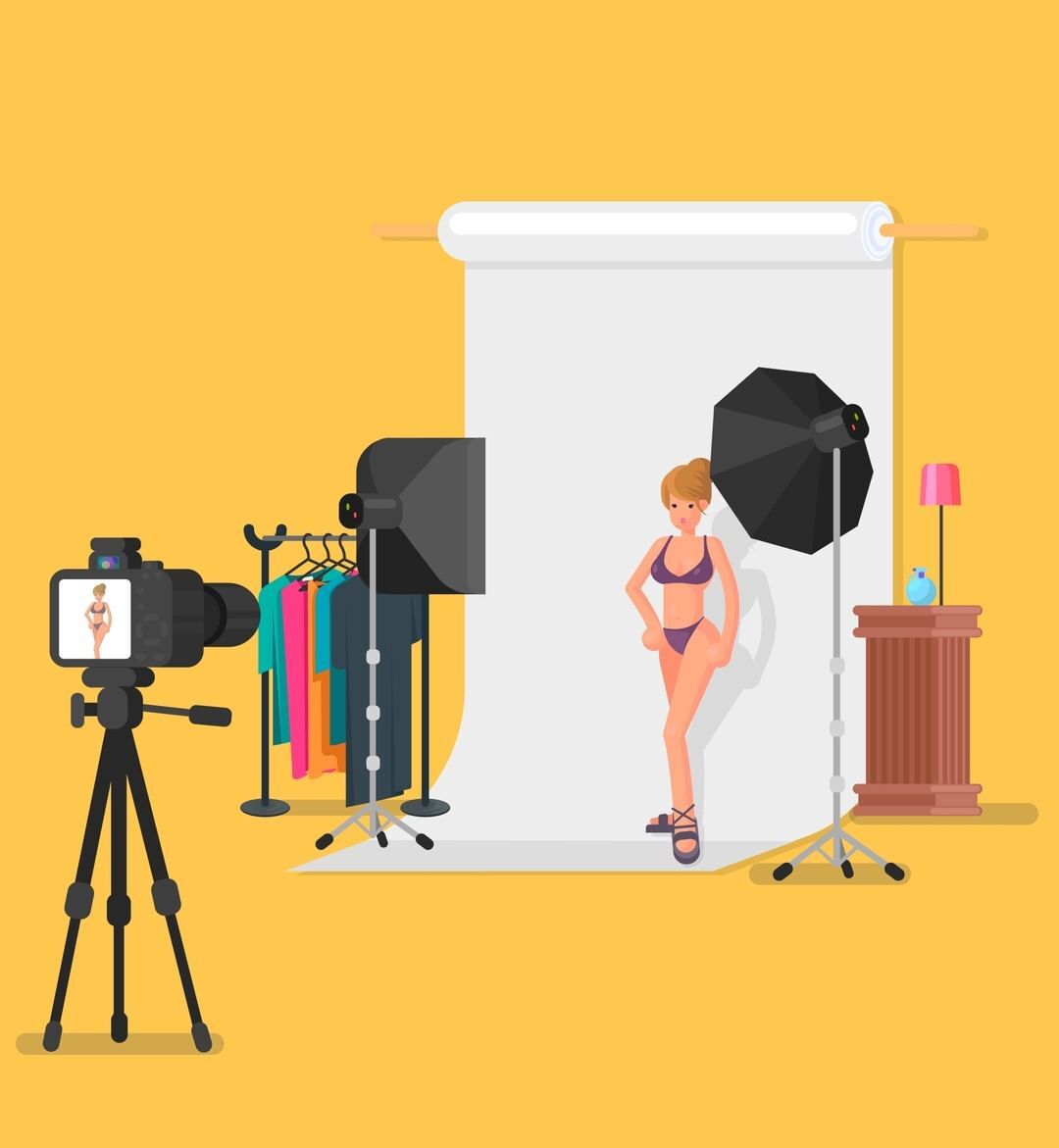Fashion Product Photos: An Exclusive Guide for Retailers5 min read
Reading Time: 4 minutes
A whopping 75% of online shoppers rely on product photos when deciding on a potential purchase!
It’s true: eCommerce experiences are greatly dependent on the quality of photos on the site. They set the narrative, convey the brand’s story, and help greatly in converting the shopper. Photos, in short, make or break site engagement and conversions.
However, creating good quality product photos that shoppers find relatable and attractive is a big challenge. With the right means and know-how, retailers can showcase their products in ways that kindle the shoppers’ curiosity.
The Need For Human models
According to Baymard Guidelines [An Independent Web UX Research Institute], displaying product images on human models is essential to support purchase decisions, whether for apparel or non-apparel items such as accessories, bags, and sunglasses.

This practice aims to decrease return rates and the cost associated with returns. Specifically, products intended to be worn, such as apparel, accessories like bags, and jewelry require the context of a human model to convey their true essence effectively.
Without the context, shoppers are left to estimate the product’s suitability based on less informative images and product information, leading to decreased confidence and a lower likelihood of making a purchase.
I’ll search on Google; for example, ‘Lolly’s Laundry, Eva dress’ and to see if there’s any pictures with the dress on a person. Where the person wears the dress.” When users really want to see clothing on a model, such as this European test participant on the Nordic site Boozt, there is a real danger that they could go elsewhere to find those images. In some cases, they may not return. Source – Baymard.com
Additionally, Baymard advises against using mannequins or ghost mannequins when possible, as real human models are preferred for their authenticity. Shoppers also would feel confident in purchasing the product without doubts.

Bonus: The Basics of Optimal Resolution Images
Baymard study further notes that common image types like “Cut Out” or “In Scale” often fail to provide this crucial visual context that users appreciate, although they can enhance the shopping experience to some extent.
Retailers must make sure product photos are of a size that looks good on all screens – and clear even when zoomed in. However, they should not be heavy or increase the load time of the page.
For shoppers who are visual buyers, poor quality could easily spoil their shopping experience because bad images might prompt them to navigate away or question the authenticity of the website.
Shopify recommends that photos be at least 1024 x 1024 pixels in size and at 72 dpi. Additional guidelines include:
- Good Lighting:
The lighting should look natural, not create too many shadows and help clearly understand the product and its color. - Clean Background:
Solid backgrounds are always a safe bet. Gray and off-white or white walls help highlight the product well. A busy background takes the attention away from your product. - Models:
Show products on models and help shoppers understand what it looks like when actually worn by a person. - Angles:
Photos of product from multiple angles and, for garments, in multiple poses, help make informed shopper decisions. - Keep it Simple:
Minimal post-processing, no effects, or filters. Keep product photos clean and accurately show the product.

The Power of AI
Vue.ai’s AI-powered on-model imagery, VueModel, is here to solve both these important challenges. VueModel, enables retailers to automate the creation of on-model fashion imagery.
The AI is trained to understand the attributes of the input model image as well as the input fashion product, enabling it to synchronize the product on the model correctly and with ease.
Retailers can opt for either photos of real human models or 3D-generated virtual models to showcase their fashion products. Additionally, the tool accepts all input image types: mannequin, ghost mannequin, 3D-rendered images, and product shots.

AI-powered on-model imagery solution does not have time and resource restrictions like a traditional model photoshoot, it is a lot more customizable.
What’s more, eCommerce teams can choose from models of different, ethnicities, sizes, and in many different poses – all with a set of input images of the product. This makes building inclusive product photos accessible to all retailers!
To learn more about Vue.ai’s on-model imagery, click here.
Read more related articles:
How AI Reshapes Fashion Pre-Production
A Better Way of Creating Product Photos: Photoshoot Alternative for Fashion Retail
Reduce eCommerce Returns: An AI Powered Fix

